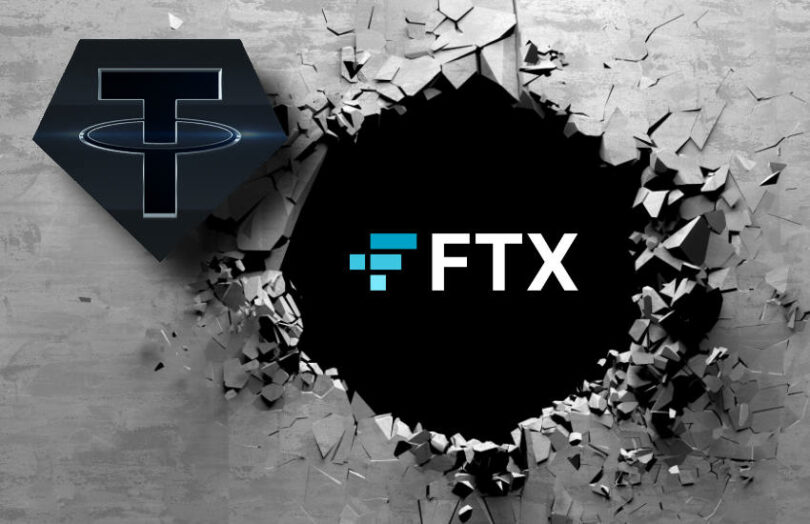In 2019 Tether got away with a flagrant misrepresentation about the status of its stablecoin reserves. This dubious behavior did nothing to dissuade the cryptocurrency industry from embracing Tether, which remains the stablecoin market leader. It set an example for what is considered acceptable in the industry. And here we sit in the middle of the FTX saga.
Former FTX CEO Sam Bankman Fried (SBF) is very familiar with Tether because his other company Alameda was the second-largest distributor of Tether. In other words, when Tether is minted, about a third has gone to Alameda.
There are parallels between Tether’s business structure and SBFs. Tether is owned by Giancarlo Devasini, who also owns the cryptocurrency exchange Bitfinex. In Tether’s case, it used the reserves from the stablecoin to prop up the crypto exchange. SBF also owned a crypto exchange, but instead, his other ‘independent’ business was the proprietary trading firm Alameda. And it appears he used the exchange to prop up Alameda.
The companies shared banks – Deltec was one of Tether’s banks and is listed in recent FTX bankruptcy filings.
SBF looks up to Tether’s founder
In July 2021, the Financial Times ran an expose on Tether founder Devasini. “Bankman-Fried says Devasini has ‘a lot of pride’ in what he has built at Bitfinex and Tether,” read the FT article. It quotes SBF as saying, “He’s really grateful for the people that supported him. He’s certainly fairly annoyed at people he sees as . . . shitting on his businesses without real reason for it.”
Let’s take a minute to explore the real reason.
In 2019, Tether claimed, “Every Tether is always backed 1-to-1, by traditional currency held in our reserves. So 1 USDT is always equivalent to 1 USD.” While this statement was active on its website, it lent $625 million of its reserves to the Bitfinex exchange to cover a massive exchange loss.
Later it quietly amended that reserves statement to include loans made by Tether, “which may include affiliated entities.”
Tether and Bitfinex acknowledged these and additional misrepresentations in a settlement with the New York Attorney General. They agreed not to do business in New York and paid an $18.5 million fine.
The Attorney General also made a comment that is eerily similar to one made by SBF. “During this time period, Bitfinex began to look for ways to stave off what Bitfinex internally characterized as a ‘temporary liquidity crisis’.”
So SBF’s reference to people criticizing Tether ‘without real reason’ seemed flippant at best. His comments and relationship with Tether imply he saw nothing wrong with Tether’s actions.
Trading out of a balance sheet hole
By the time of the Bitfinex/Tether New York settlement, it was early 2021 and the crypto winter had turned to spring. So Bitfinex and Tether had made profits elsewhere and traded out of the balance sheet hole.
Technically, Tether’s misrepresentations were not fraud because there was no longer a customer loss. In civil law, fraud involves an intentional or negligent misrepresentation that someone reasonably relies upon and is harmed by that reliance.
If Bitfinex and Tether had not traded out of the loss, the actions would have been more than misrepresentation.
When the New York legal settlement was announced in early 2021, Tether had a market capitalization of $32 billion. From then until the May ’22 crypto crash, there was pretty much straight-line growth to $83 billion.
By continuing to use Tether despite proof of wrongdoing, the crypto industry was arguably endorsing the Tether / Bitfinex behavior. Particularly the cryptocurrency exchanges and market makers. And it set a precedent: cover up a hole by trading out of it.
The problem is the big crypto exchanges that continued to endorse Tether are not paying the price for SBF and FTX’s actions. It’s retail customers that are.






